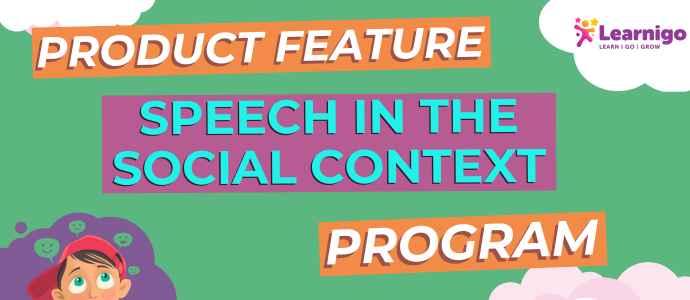5 Ways to Communicate with Your Non-Verbal Child
June 5, 2025

Happy Summer, Learnigo Learners!
Pragmatic language, also known as social communication, helps us navigate our verbal and nonverbal interactions with others. By its nature, communication involves at least two communication partners to engage between the message sender and the message receiver. Oftentimes, we can be both
Read More
Handwriting is fundamental to education, and its mastery is vital for a child’s academic achievement. Fundamentally, writing is a motor activity. It evolves from movement and is refined through practice. This is how we develop graphomotor skills.
Handwriting legibility, participation, and
Read More
Central Auditory Processing Disorder (CAPD) is a type of auditory disorder that affects sound processing at the neurological level. Because of this, CAPD impacts the ability to adequately process, integrate, and interpret auditory information. This can present as difficulties with:

Auditory perception is the ability to perceive, identify, and differentiate acoustic information. This ability begins during pregnancy, with evidence showing that a fetus can respond to pure tone auditory stimuli from 19 weeks of gestational age (Hepper et al.,1994). In typical
Read More
Visual perception in occupational therapy is defined as a child’s ability to make sense of and interpret what they see (Stanton, 1968).
Key aspects of visual perception critical for children's development and learning include:

Welcome back Learnigo Learners 👋
Dyscalculia Is a lesser-known learning difficulty and affects 3-6% of the student population, often coexisting with dyslexia (Attwood, 2002). 10% of children with dyscalculia face challenges in math due to memory-related issues (Attwood, 2002). Let's take